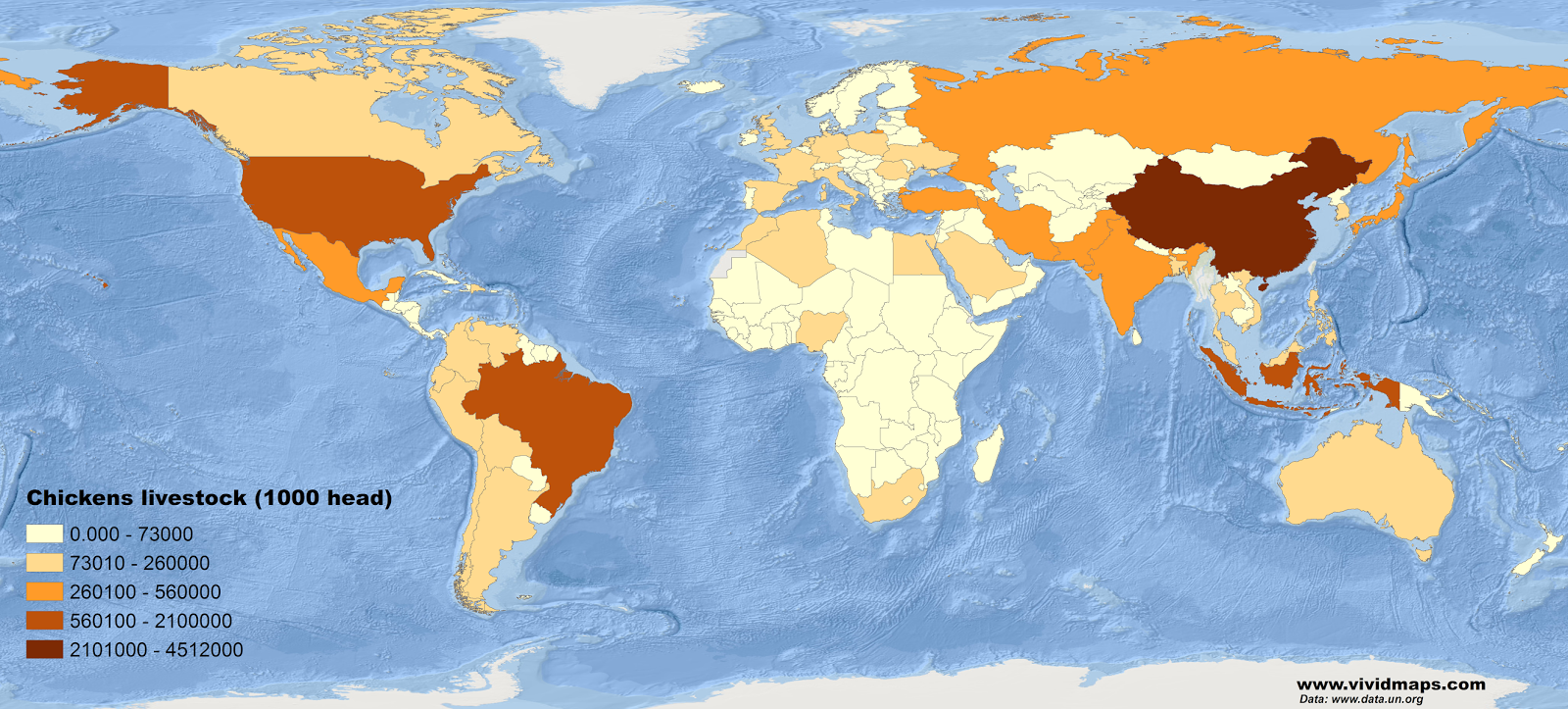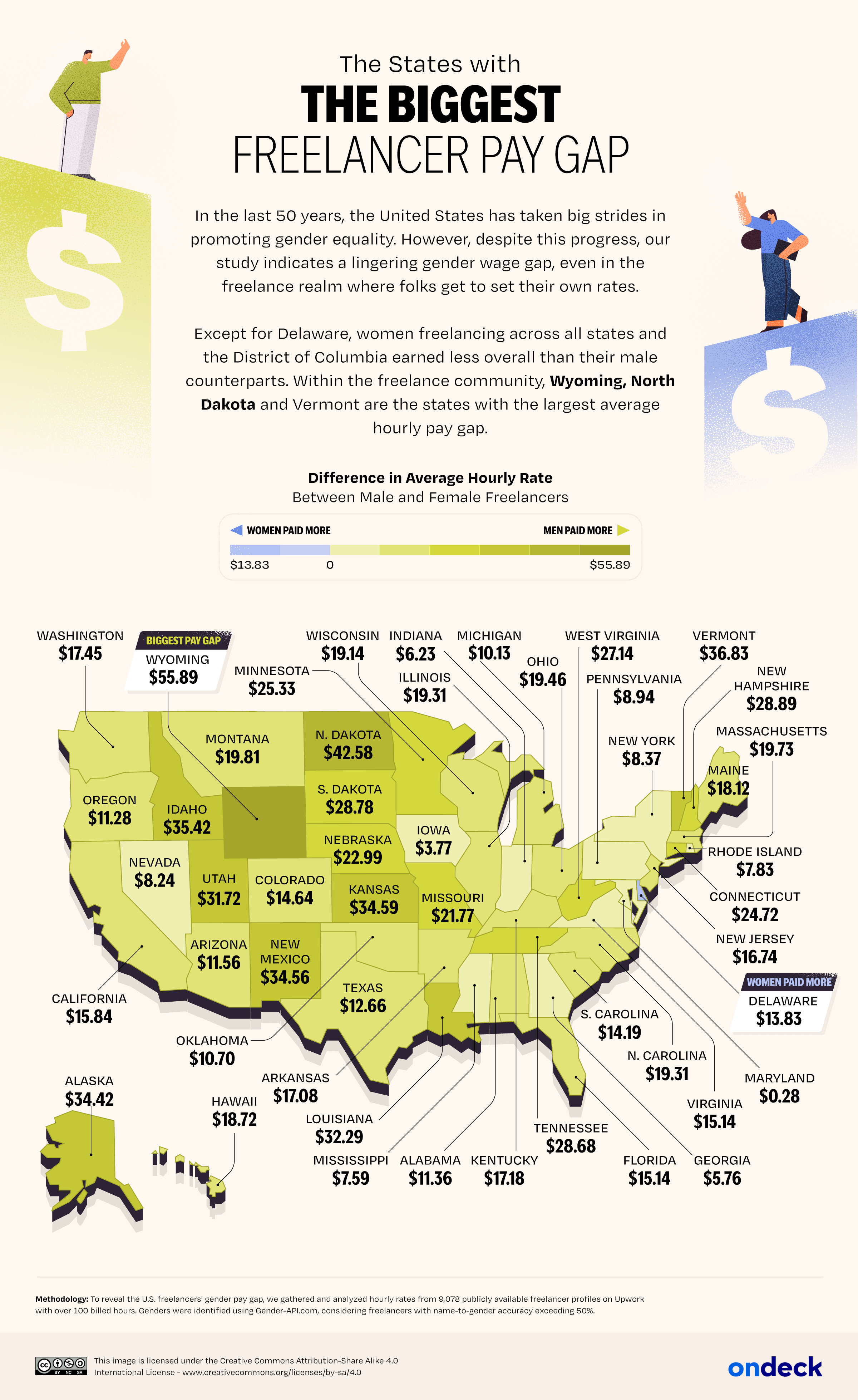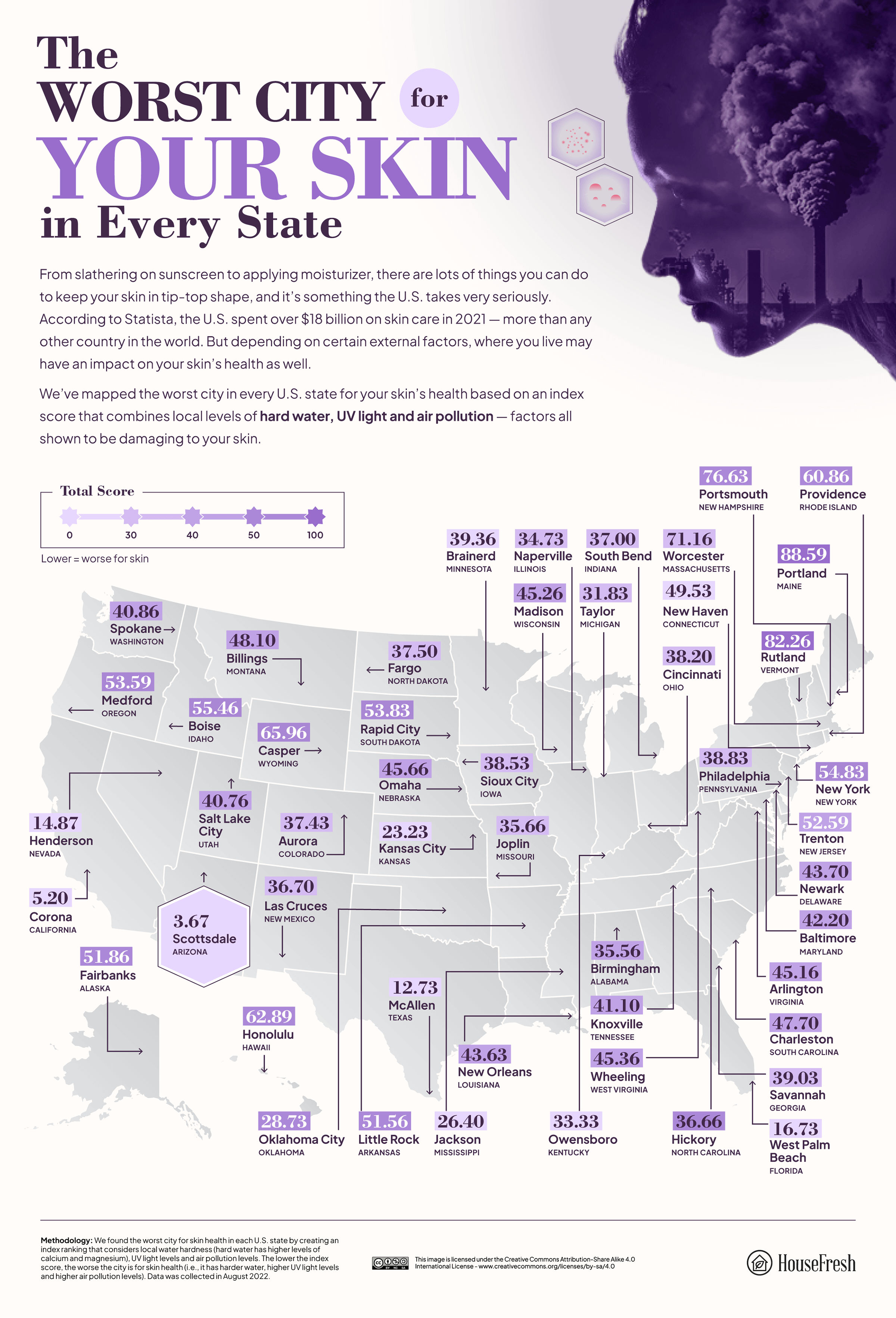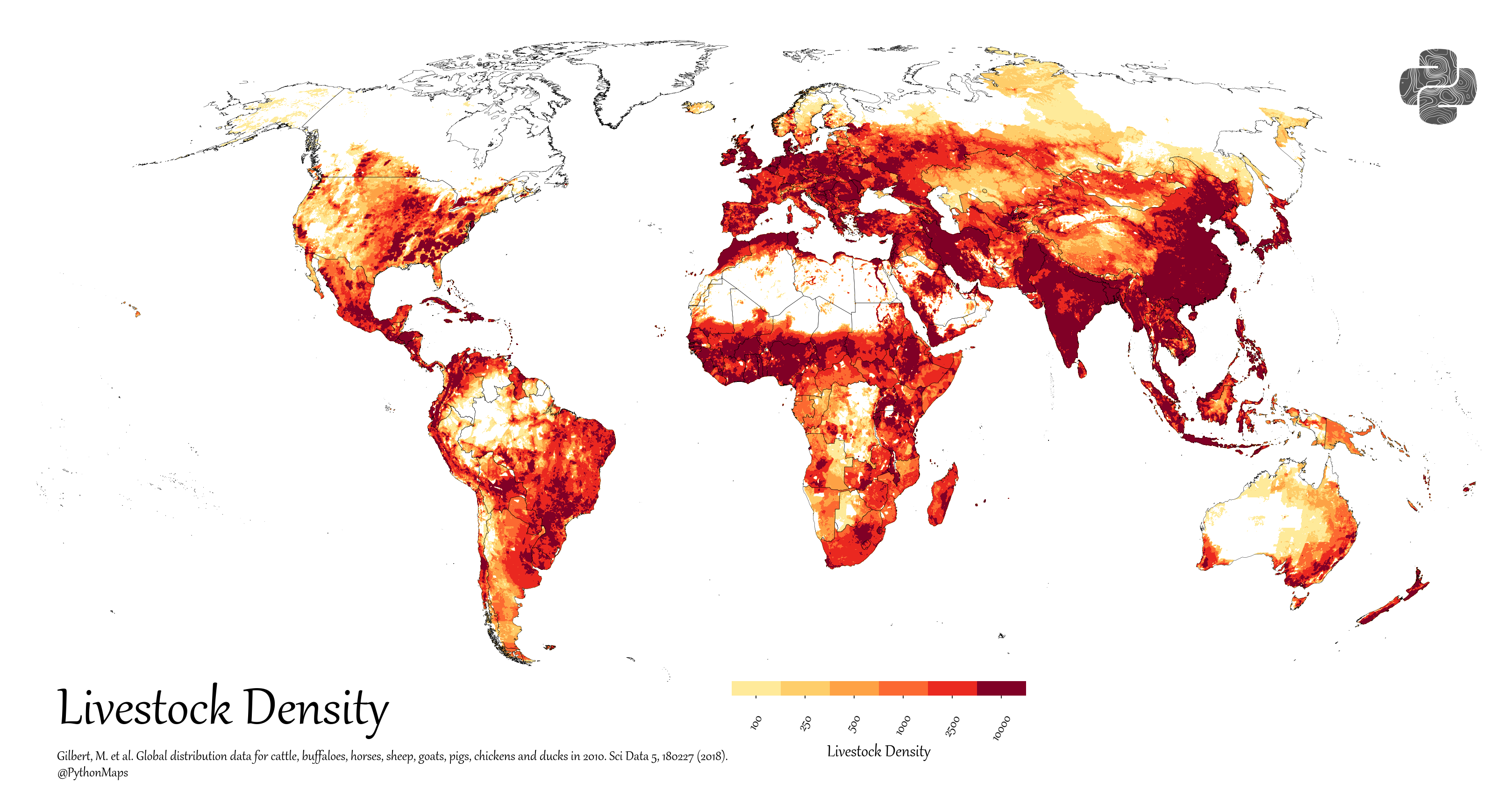Average Body Hair Distributions
Androgenic (body) hair is the terminal hair that grows on the body beginning puberty. It is distinguished from the head hair and less noticeable vellus hair that is much finer and lighter color.
The growth of androgenic hair is linked to androgens’ level and the density of androgen receptors in mesenchymal cells in the skin.
The map below shows male androgenic (body) hair across the world among indigenous populations, according to the American Journal of Physical Anthropology by Stewart W. Hindley, Albert Damon.

Why is hair preserved on men’s bodies, and how does it affect women’s preferences?
According to the ectoparasite avoidance hypothesis, natural selection has influenced human hairlessness to decrease the possibility for the body to host disease-carrying ectoparasites. Nevertheless, males retain noticeable facial and body hair patches. It means that other factors also influence men’s hairiness.
The studies conducted using cross-cultural data from 30 nations indicate that women’s body hair preferences for chest hair were linked with facial masculinity preferences and gender empowerment.
Women’s preferences for body hair are most substantial among women from nations where male-male competition is more elevated.
According to the map above, such competition is most pronounced among peoples living in the Mediterranean Basin, the Middle East, Scandinavia, the Caucasus, and the Japanese island of Honshu.
While in most western countries, the current ideal of male beauty is hairlessness rather than hairiness which the traditionally seen as a symbol of high testosterone levels and masculinity.







